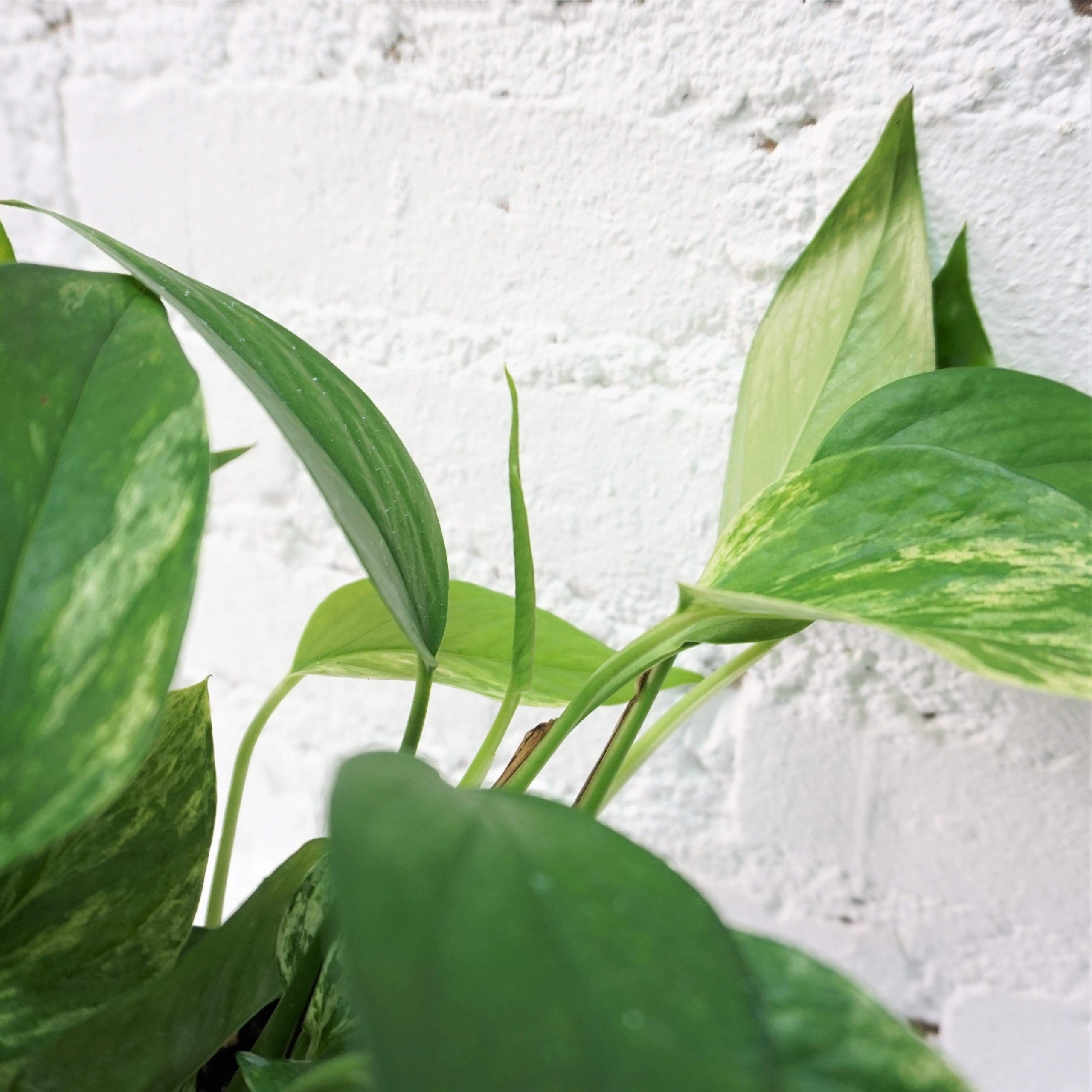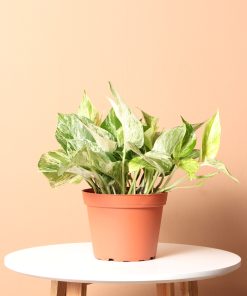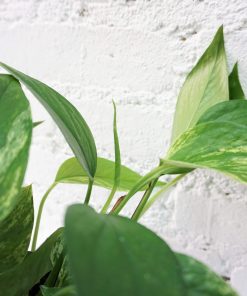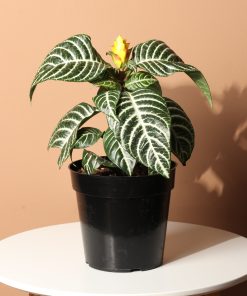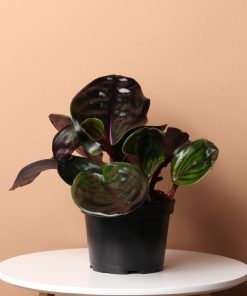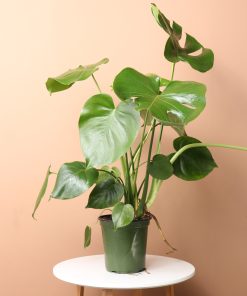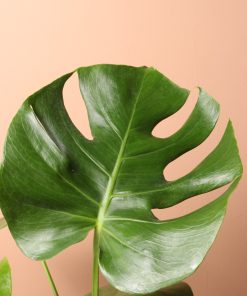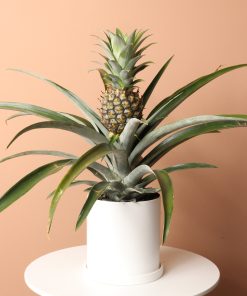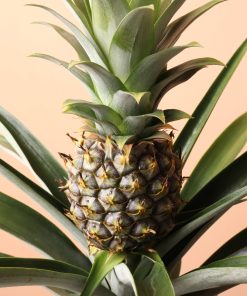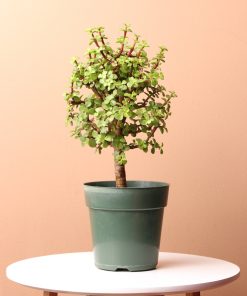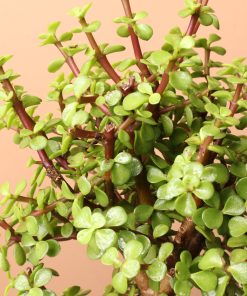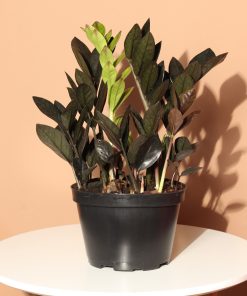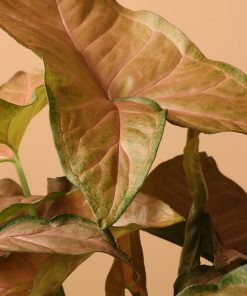Why Pafe?
Pafe, A Better Plant
Shopping Experience
Our greenhouses, at your fingertips
Choose the exact plant you want to bring home, without getting your hands dirty. With hundreds of plants to choose from, you're bound to find the perfect plant!
Our Plant Experts are ready to help
We love our fellow plant parents, and we're always here to help! From care advice, to troubleshooting, to picking the next plant for your collection, Pafe's resident Plant Experts are here to help you grow!
Safe and secure delivery
Our packaging has been thoughtfully designed to minimize waste and maximize plant safety during shipping. If your plants don't arrive in great shape, we'll replace them for you!
 Free Shipping over $39.99
Free Shipping over $39.99


